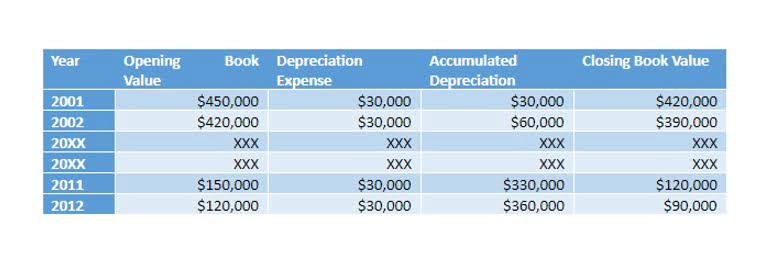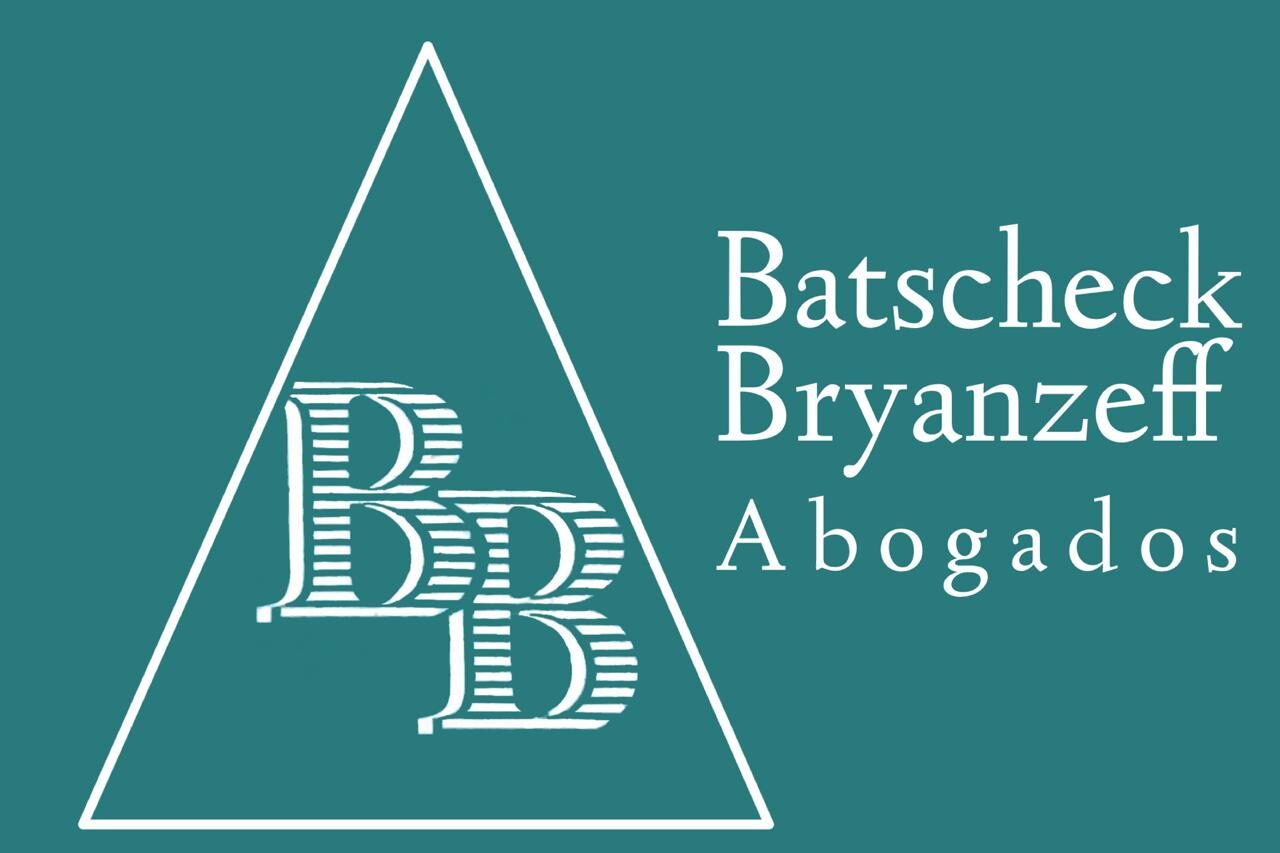
For these reasons, most companies use predetermined overhead rates rather than actual overhead rates in their cost accounting systems. With $2.00 of overhead per direct hour, the Solo product is estimated to have $700,000 of overhead applied. When the $700,000 of overhead applied is divided by the estimated production of 140,000 units of the Solo product, the estimated overhead per product for the Solo product is $5.00 per unit. The computation of the overhead cost per unit for all of the products is shown in Figure 6.4. A predetermined overhead rate, also known as a plant-wide overhead rate, is a calculation used to determine how much of the total manufacturing overhead cost will be attributed to each unit of product manufactured.
Our mission is to improve educational access and learning for everyone.
- The concept of predetermined overhead rate is very important because it is used most of the enterprises as it enables them to estimate the approximate total cost of each job.
- Dinosaur Vinyl uses the expenses from the prior two years to estimate the overhead for the upcoming year to be $250,000, as shown in Figure 4.17.
- As such, the actual overhead rate is useless from the point of view of cost control.
- The predetermined overhead rate was found by dividing the estimated manufacturing overhead cost by the estimated total units in the allocation base, so the predetermined overhead cost per unit is $9.00.
- The overhead used in the allocation is an estimate due to the timing considerations already discussed.
11 Financial’s website is limited to the dissemination of general information pertaining to its advisory services, together with access to additional investment-related information, publications, and links.
- The cost of goods sold consists of direct materials of $3.50 per unit, direct labor of $10 per unit, and manufacturing overhead of $5.00 per unit.
- Also, it’s important to compare the overhead rate to companies within the same industry.
- Because of this decrease in reliance on labor and/or changes in the types of production complexity and methods, the traditional method of overhead allocation becomes less effective in certain production environments.
- Therefore, they use labor hours for the apportionment of their manufacturing cost.
- The common allocation bases are direct labor hours, direct labor cost, machine hours, and direct materials.
- For example, the total direct labor hours estimated for the solo product is 350,000 direct labor hours.
Company
The actual amount of total overhead will likely be different by some degree, but your job is to provide the best estimate for each project by using the predetermined overhead rate that you just computed. The overhead cost per unit from Figure 6.4 is combined with the direct material and direct labor costs as shown in Figure 6.3 to compute the total cost per unit as shown in Figure 6.5. In these situations, a direct cost (labor) has been replaced by an overhead cost (e.g., depreciation on equipment). Because of this decrease in reliance on labor and/or changes in the types of production complexity and methods, the traditional method of overhead allocation QuickBooks becomes less effective in certain production environments.
Great! The Financial Professional Will Get Back To You Soon.

The rate is determined by dividing the fixed overhead cost by the estimated number of direct labor hours. The predetermined overhead rate was found by dividing the estimated manufacturing overhead cost by the estimated total units in the allocation base, so the predetermined overhead cost per unit is $9.00. The predetermined overhead rate is set at the beginning of the year and is calculated as the estimated (budgeted) overhead costs for the year divided by the estimated (budgeted) level of activity for the year. This activity base is often direct labor hours, direct labor costs, or machine hours. Once a company determines the overhead rate, it determines the overhead rate per unit and adds the overhead per unit cost to the direct material and direct labor costs for the product to find the total cost.
To ensure that the company is profitable, an additional cost is added and the price is modified as necessary. In this example, the guarantee offered by Discount Tire does not include the disposal fee in overhead and increases that fee as necessary. The movie industry uses job order costing, and studios need to allocate overhead to each movie. Their amount of allocated overhead is not publicly known because while publications share how much money a movie has produced in ticket sales, it is rare that the actual expenses are released to the public.
What are some common methods of factory overhead absorption?
To account for these changes in technology and production, many organizations today have adopted an overhead allocation method known as activity-based costing (ABC). This chapter will explain the transition to ABC and provide a foundation in its mechanics. As the production head wants to calculate the predetermined overhead rate, all the direct costs will be ignored, whether direct cost (labor or material). Of course, management also has to price the product to cover the direct costs involved in the production, including direct labor, electricity, and raw materials. A company that excels at monitoring and improving its overhead rate can improve its bottom line or profitability. Direct costs are costs directly tied to a product or service that a company produces.
As a result, management would likely view labor hours as the activity base when applying overhead costs. Figure 4.18 shows the monthly manufacturing actual overhead recorded by Dinosaur Vinyl. As explained previously, the overhead is allocated to the individual jobs at the predetermined overhead rate of $2.50 per direct labor dollar when the jobs are complete.

Finally, using a predetermined overhead rate can result in inaccurate decision-making if the rate is significantly different from the actual overhead cost. The common allocation bases are direct labor hours, direct labor cost, machine hours, and direct materials. The overhead rate has limitations when applying it to companies that have few overhead costs or when their costs are mostly tied to production. Also, it’s important to compare the overhead rate to companies within the same industry. A large company with a corporate office, a benefits predetermined overhead rate department, and a human resources division will have a higher overhead rate than a company that’s far smaller and with fewer indirect costs. Larger organizations may employ a different predetermined overhead rate in each production department, which tends to improve the accuracy of overhead application by employing a higher level of precision.
- Common activity bases used in the calculation include direct labor costs, direct labor hours, or machine hours.
- Often, the actual overhead costs experienced in the coming period are higher or lower than those budgeted when the estimated overhead rate or rates were determined.
- Small companies typically use activity-based costing, while large organizations will have departments that compute their own rates.
- 11 Financial may only transact business in those states in which it is registered, or qualifies for an exemption or exclusion from registration requirements.
- After almost a decade of experience in public accounting, he created MyAccountingCourse.com to help people learn accounting & finance, pass the CPA exam, and start their career.
- It involves estimating the manufacturing overhead costs that will be incurred over a specific period and then allocating those costs to the units produced during that period.
What are some concerns surrounding the use of a predetermined overhead rate?

Different businesses have different ways of costing; some use the single rate, others use multiple rates, and the rest use activity-based costing. Departmental overhead rates are needed because different processes are involved in production that take place in different departments. Sales of each product have been strong, and the total gross profit for each product is shown in Figure 6.7. Using the Solo product as an example, 150,000 units are sold at a price of $20 per unit resulting in sales of $3,000,000.
